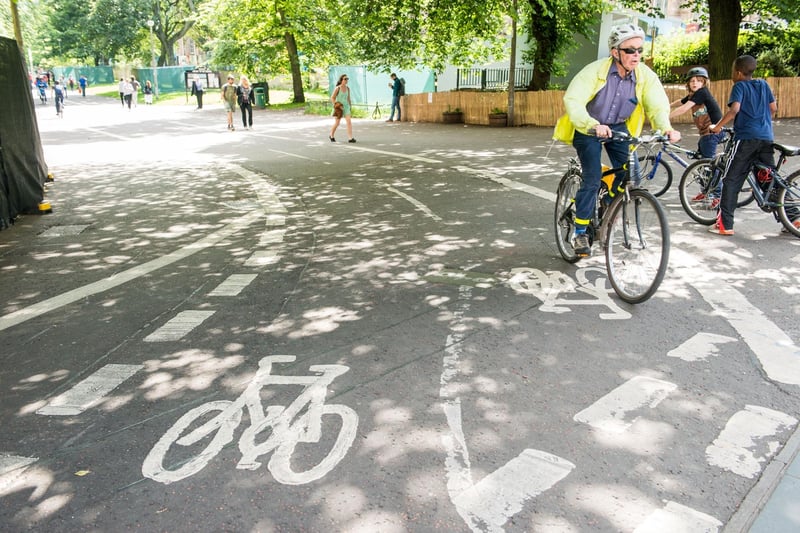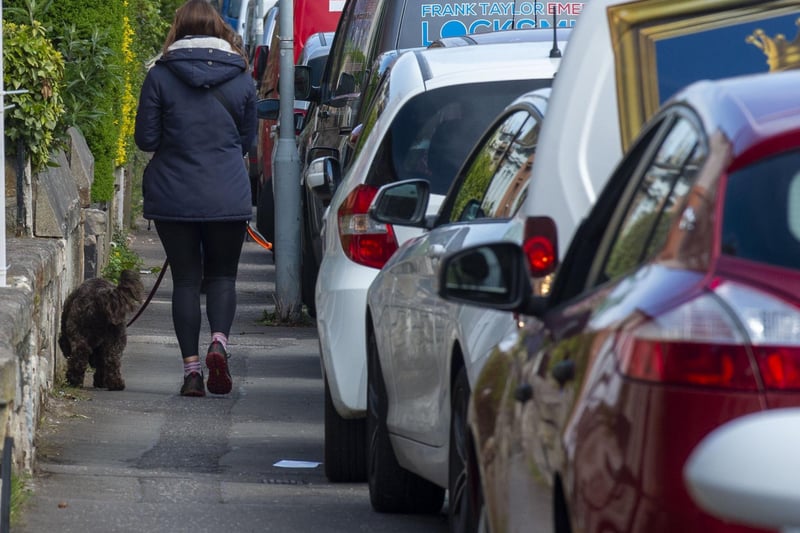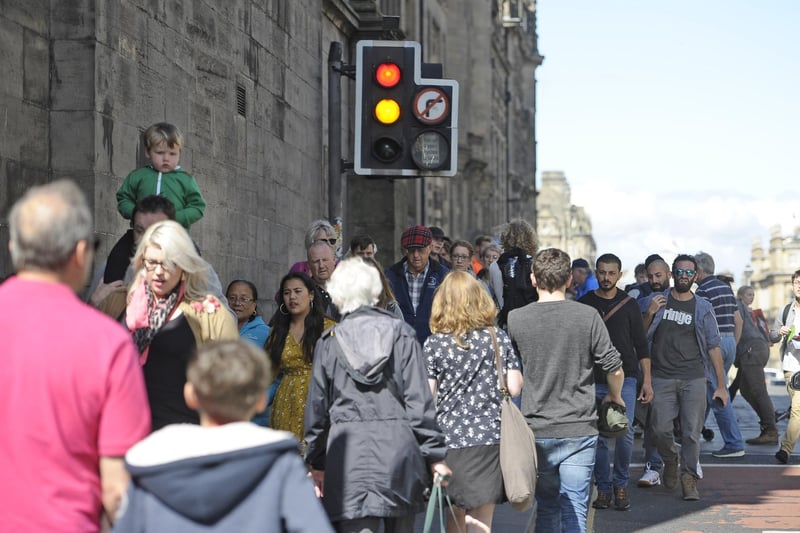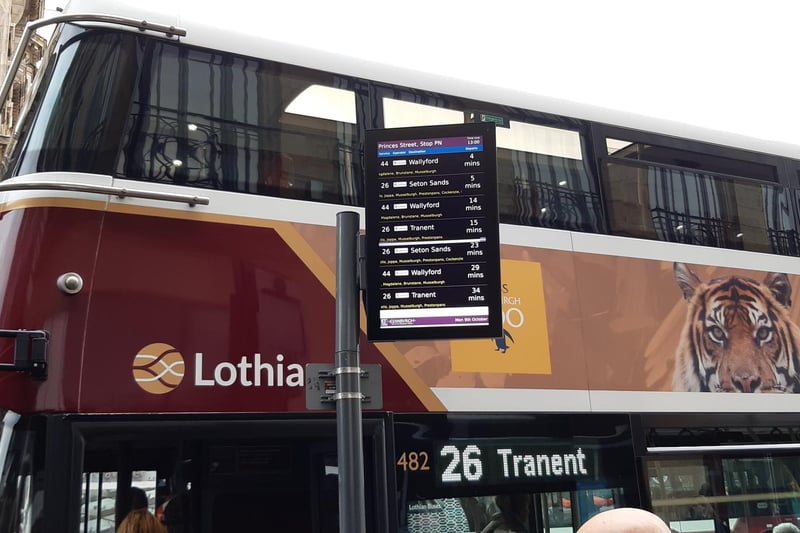The Capital’s controversial transport policies have “broad support” from the Edinburgh public, according to city transport convener Scott Arthur.
And he backs his claim by pointing to the report of a 12-week consultation on a host of measures contained in five action plans drawn up by the council to deal with parking, public transport, active travel, air quality and road safety. The action plans are all part of Edinburgh’s aim of creating cleaner, greener, safer, more accessible and affordable travel choices that will help to meet the city’s targets of reducing car kilometres by 30 per cent and reaching net zero by 2030.
The consultation included an online survey which anyone could answer, market research using a representative sample of Edinburgh’s population and focus groups of particular sections of society, such as older people, parents with young children, younger people and disabled people. There were also workshops with “stakeholders” – transport operators, community councils, emergency services, active travel campaigners, disability groups and others – as well as public drop-in events. Altogether the council received a total of 3,826 representations.
Here’s what the consultation found.

1. Cycle network
People were asked whether they agreed or disagreed with the proposed expansion of Edinburgh’s cycle network so that every household would be within 250–400 metres of a high-quality cycle route. Support among those answering the online survey was 51 per cent and the market research found 61 per cent in favour. One participant commented: "Make sure that the cycle network is continuous, direct and consistent." And one critic said: "Extending cycle lanes and closing off roads is bringing more chaos and traffic jams." Photo: Ian Georgeson

2. Ban on pavement parking
Enforcement of the pavement parking ban, which is due to come into effect soon, was backed for 68 per cent of people in the online survey and 69 per cent in the market research. Pavement parking was a key issue for older and disabled people. And the ban was welcomed by parents of young children. But it was the lowest priority among younger women and young people experiencing poverty. The report said: "While acknowledging that pavement parking can cause issues, many felt that this was usually done for genuine, almost unavoidable reasons like delivering a large/heavy parcel, moving furniture etc." Photo: Lisa Ferguson

3. Narrow pavements
Improving footways to provide safe, smooth pavements free from trip hazards and widening narrow footways in the busiest locations were the top priorities to make streets accessible for everyone. Improving footways scored 79 per cent in the online survey and 81 per cent in the market research, while removing clutter scored 71 per cent and 75 per cent. People argued that smooth, uncluttered pavements should be seen a given and there should be ongoing maintenance. They felt the current state of pavements was poor and made it difficult for those with prams. And they wanted to see unnecessary poles and signs removed. Photo: Neil Hanna

4. Real-time bus information
The provision of reliable real-time information about when buses will arrive at stops and also information on available pram and wheelchair spaces, emerged as the third highest priority out of the measures listed in the consultation. It scored 70 per cent among respondents to the online survey and 73 per cent in the market research. The lack of live information or its poor reliability were seen as major barriers to people using buses more often. And improved tracker and real-time information was also recognised as important for safety, reducing the need to hang about at bus stops. Photo: Ian Swanson